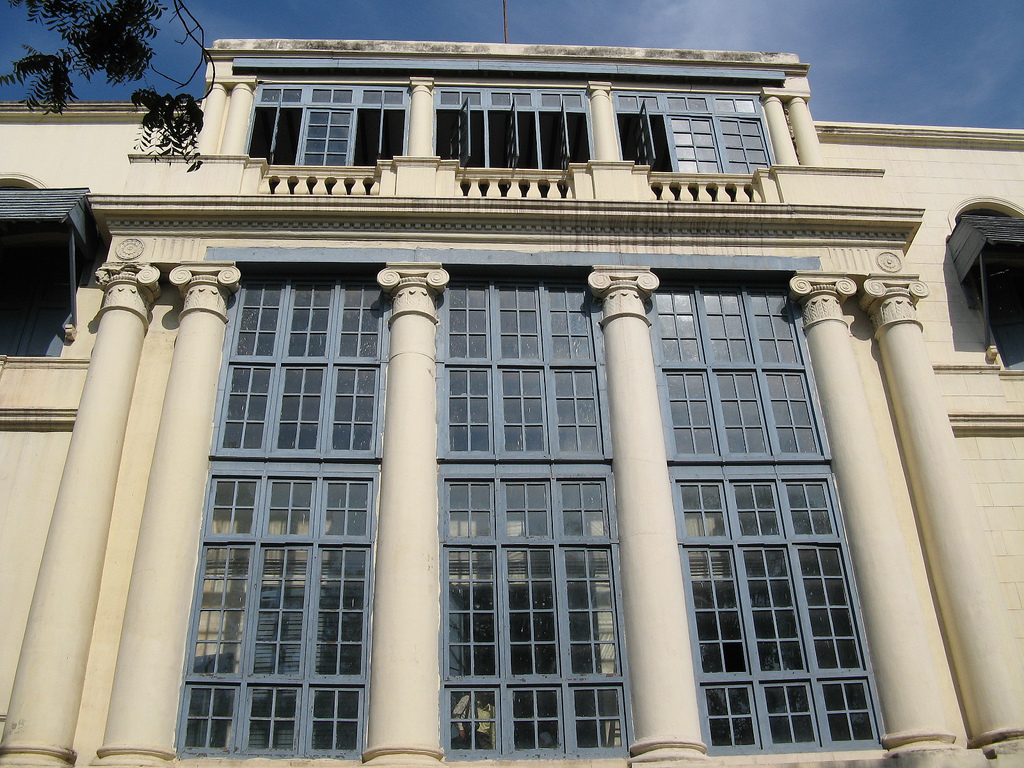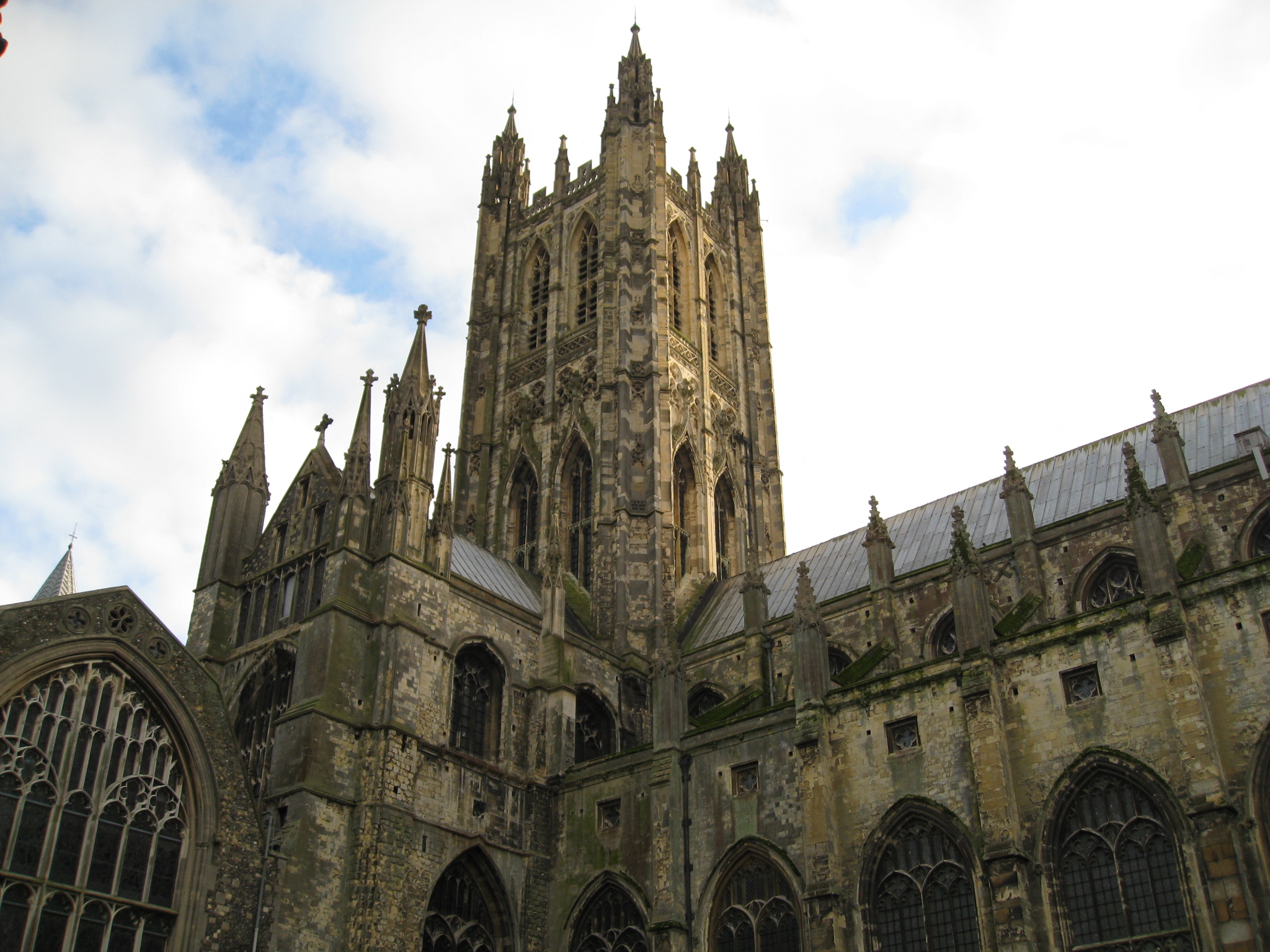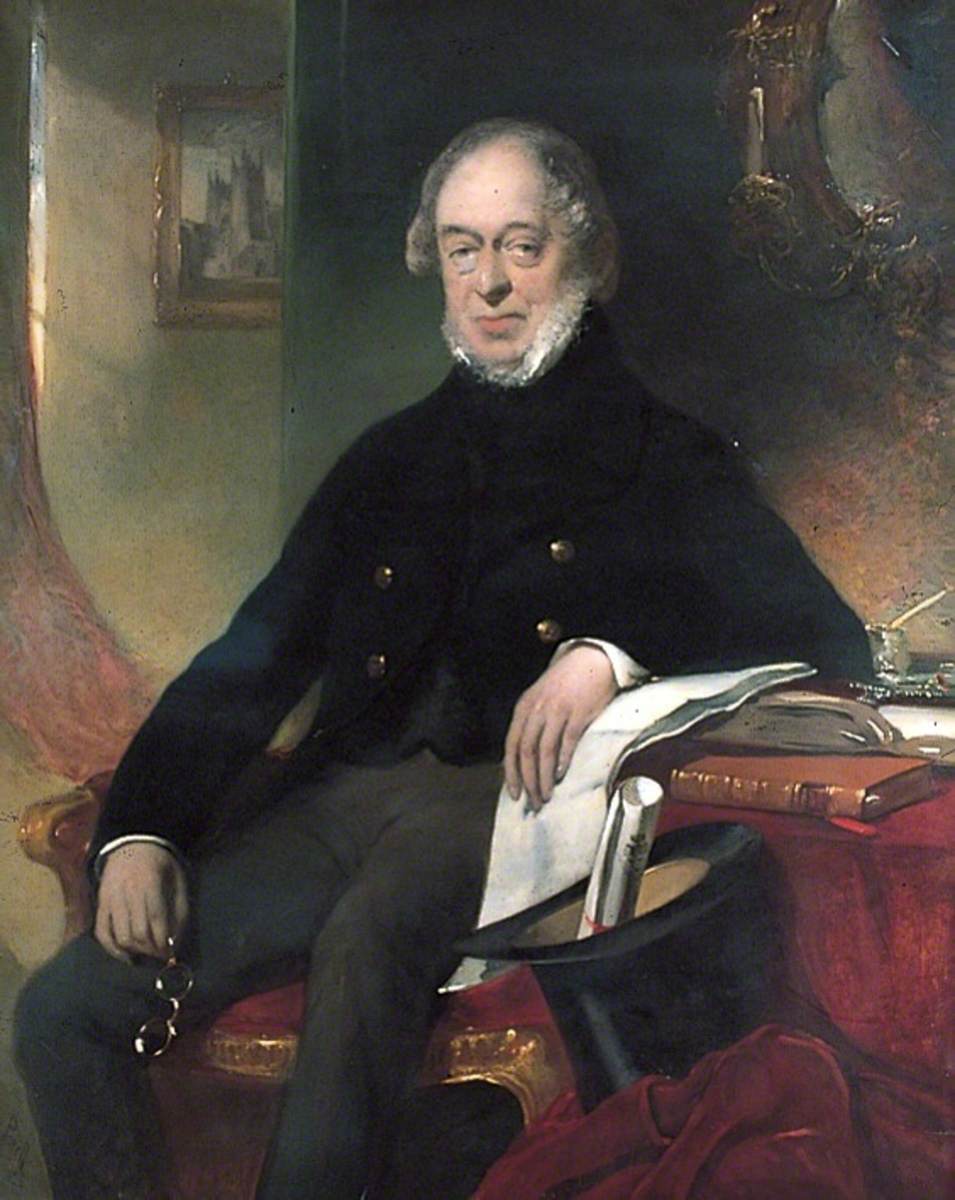|
Henry Weekes
Henry Weekes (14 January 1807 – 28 May 1877) was an English sculptor, best known for his portraiture. He was among the most successful British sculptors of the mid-Victorian period. Personal life Weekes was born at Canterbury, Kent, to Capon Weekes, a banker's clerk, and his wife, Mary Pearson. He attended The King's School, Canterbury of his home town. He spent most of his career in London, where he worked for William Behnes and Sir Francis Chantrey, before taking over the latter's studio on his death in 1841. His works include the first bust of Queen Victoria after her accession, a monument to Percy Bysshe Shelley and Mary Shelley, statues for the Martyrs' Memorial in Oxford, and the ''Manufactures'' group of the Albert Memorial in London. He was also the professor of sculpture of the Royal Academy (1868–76). His lectures, published posthumously, were described by art historian Benedict Read as "the most consistent and intelligent exposition of sculptural thin ... [...More Info...] [...Related Items...] OR: [Wikipedia] [Google] [Baidu] |
Henry Weekes (artist)
Henry Weekes (14 January 1807 – 28 May 1877) was an English sculptor, best known for his portraiture. He was among the most successful British sculptors of the mid-Victorian period. Personal life Weekes was born at Canterbury, Kent, to Capon Weekes, a banker's clerk, and his wife, Mary Pearson. He attended The King's School, Canterbury of his home town. He spent most of his career in London, where he worked for William Behnes and Sir Francis Chantrey, before taking over the latter's studio on his death in 1841. His works include the first bust of Queen Victoria after her accession, a monument to Percy Bysshe Shelley and Mary Shelley, statues for the Martyrs' Memorial in Oxford, and the ''Manufactures'' group of the Albert Memorial in London. He was also the professor of sculpture of the Royal Academy (1868–76). His lectures, published posthumously, were described by art historian Benedict Read as "the most consistent and intelligent exposition of sculptural thinking" of ... [...More Info...] [...Related Items...] OR: [Wikipedia] [Google] [Baidu] |
Princess Victoria Of Saxe-Coburg-Saalfeld
, house = , father = Francis, Duke of Saxe-Coburg-Saalfeld , mother = Countess Augusta of Reuss-Ebersdorf , birth_date = , birth_place = Coburg, Saxe-Coburg-Saalfeld, Holy Roman Empire , death_date = , death_place = Frogmore House, Windsor, Berkshire, England , burial_date = 25 March 1861 , burial_place = Princess Victoria of Saxe-Coburg-Saalfeld (17 August 1786 – 16 March 1861), later Princess of Leiningen and subsequently Duchess of Kent and Strathearn, was a German princess and the mother of Queen Victoria of the United Kingdom. As the widow of Charles, Prince of Leiningen (1763–1814), from 1814, she served as regent of the Principality during the minority of her son from her first marriage, Carl, until her second wedding in 1818 to Prince Edward, fourth son of King George III.Tom Levine: Die Windsors. Glanz und Tragik einer fast normalen Familie. Campus-Verlag, Frankfurt am Main u. a. 2005, , S. 20. Early life Victor ... [...More Info...] [...Related Items...] OR: [Wikipedia] [Google] [Baidu] |
Chennai
Chennai (, ), formerly known as Madras ( the official name until 1996), is the capital city of Tamil Nadu, the southernmost Indian state. The largest city of the state in area and population, Chennai is located on the Coromandel Coast of the Bay of Bengal. According to the 2011 Indian census, Chennai is the sixth-most populous city in the country and forms the fourth-most populous urban agglomeration. The Greater Chennai Corporation is the civic body responsible for the city; it is the oldest city corporation of India, established in 1688—the second oldest in the world after London. The city of Chennai is coterminous with Chennai district, which together with the adjoining suburbs constitutes the Chennai Metropolitan Area, the 36th-largest urban area in the world by population and one of the largest metropolitan economies of India. The traditional and de facto gateway of South India, Chennai is among the most-visited Indian cities by foreign tourists. It was rank ... [...More Info...] [...Related Items...] OR: [Wikipedia] [Google] [Baidu] |
Canterbury Philosophical Society
Canterbury (, ) is a cathedral city and UNESCO World Heritage Site, situated in the heart of the City of Canterbury local government district of Kent, England. It lies on the River Stour. The Archbishop of Canterbury is the primate of the Church of England and the worldwide Anglican Communion owing to the importance of St Augustine, who served as the apostle to the pagan Kingdom of Kent around the turn of the 7th century. The city's cathedral became a major focus of pilgrimage following the 1170 martyrdom of Thomas Becket, although it had already been a well-trodden pilgrim destination since the murder of St Alphege by the men of King Canute in 1012. A journey of pilgrims to Becket's shrine served as the frame for Geoffrey Chaucer's 14th-century classic '' The Canterbury Tales''. Canterbury is a popular tourist destination: consistently one of the most-visited cities in the United Kingdom, the city's economy is heavily reliant upon tourism. The city has been occupied ... [...More Info...] [...Related Items...] OR: [Wikipedia] [Google] [Baidu] |
George Harris, 1st Baron Harris
George Harris, 1st Baron Harris GCB (18 March 1746 – 19 May 1829) was a British soldier. Military career Harris was the son of the Reverend George Harris, curate of Brasted, Kent. He was educated at Westminster School and at the Royal Military Academy, Woolwich, he was commissioned to the Royal Artillery in 1760, transferring as an ensign in the 5th foot (Northumberland Fusiliers) in 1762. Three years later he became lieutenant, and in 1771 captain. His first active service was in the American War of Independence, in which he served at Lexington, Bunker Hill (severely wounded) and in every engagement of Howe's army except one up to November 1778.. By this time he had obtained his majority, and his next service was under Major-General Medows at St. Lucia in 1778–1779, after which his regiment served as marines in Rodney's fleet. Later in 1779 he was for a time a prisoner of war. Shortly before his promotion to lieutenant-colonel in his regiment (1780) he marri ... [...More Info...] [...Related Items...] OR: [Wikipedia] [Google] [Baidu] |
Governors Of Madras
This is a list of the governors, agents, and presidents of colonial Madras, initially of the English East India Company, up to the end of British colonial rule in 1947. English Agents In 1639, the grant of Madras to the English was finalized between the factors of the Masulipatnam (now Machilipatnam) factory (trading post), represented by Francis Day, and the Raja of Chandragiri. In 1640, Andrew Cogan, the chief of the Masulipatnam factory, made his way to Madras in the company of Francis Day and the English and Indian employees of the Masulipatnam factory. The Agency of Madras was established on 1 March 1640 and Cogan was made the first Agent. The official title was 'Governor of Fort St George' and the Governor was usually referred to as Agent. Cogan served in the post for three years and was succeeded by Francis Day. After four agents had served their terms, Madras was upgraded to a Presidency during the time of Aaron Baker. However financial considerations forced the compa ... [...More Info...] [...Related Items...] OR: [Wikipedia] [Google] [Baidu] |
Stephen Rumbold Lushington
Stephen Rumbold Lushington (6 May 1776 – 5 August 1868) was an English Tory politician and an administrator in India. He was governor of Madras from 1827 to 1835. Early life He was born at Bottisham, Cambridgeshire, the son of the Rev. James Stephen Lushington of Rodmersham and his second wife, Mary Christian, daughter of the Rev. Humphrey Christian. He was educated at Rugby School, and was in India from 1792. Initially he was a translator. In England from 1807, he unsuccessfully contested the borough of Canterbury at the 1807 general election, but in July that year he was elected at an uncontested by-election as a Member of Parliament (MP) for the borough of Rye in Sussex. At the 1812 general election he was returned without a contest for Canterbury, and held that seat until the 1830 general election. He was Secretary to the Treasury from 1814 to 1827. Lushington owned Norton Court in Norton, Kent, where he knew Jane Austen, and founded nearby schools. Governor of Mad ... [...More Info...] [...Related Items...] OR: [Wikipedia] [Google] [Baidu] |
Find A Grave
Find a Grave is a website that allows the public to search and add to an online database of cemetery records. It is owned by Ancestry.com. Its stated mission is "to help people from all over the world work together to find, record and present final disposition information as a virtual cemetery experience." Volunteers can create memorials, upload photos of grave markers or deceased persons, transcribe photos of headstones, and more. , the site claimed more than 210 million memorials. History The site was created in 1995 by Salt Lake City resident Jim Tipton (born in Alma, Michigan) to support his hobby of visiting the burial sites of celebrities. He later added an online forum. Find a Grave was launched as a commercial entity in 1998, first as a trade name and then incorporated in 2000. The site later expanded to include graves of non-celebrities, in order to allow online visitors to pay respect to their deceased relatives or friends. In 2013, Tipton sold Find a Grave to An ... [...More Info...] [...Related Items...] OR: [Wikipedia] [Google] [Baidu] |
Kensal Green Cemetery
Kensal Green Cemetery is a cemetery in the Kensal Green area of Queens Park in the Royal Borough of Kensington and Chelsea in London, England. Inspired by Père Lachaise Cemetery in Paris, it was founded by the barrister George Frederick Carden.The Founding of Kensal Green Cemetery Accessed 7 February 2014 The cemetery opened in 1833 and comprises of grounds, including two conservation areas, adjoining a canal. The cemetery is home to at least 33 species of bird and other wildlife. This distinctive cemetery has memorials ranging from large mausoleums housing the rich and famous to many distinctive smaller graves and includes special areas dedicated to the very young. It has three chapels and serves all faiths. It ... [...More Info...] [...Related Items...] OR: [Wikipedia] [Google] [Baidu] |
Ramsgate
Ramsgate is a seaside town in the district of Thanet in east Kent, England. It was one of the great English seaside towns of the 19th century. In 2001 it had a population of about 40,000. In 2011, according to the Census, there was a population of 40,408. Ramsgate's main attraction is its coastline, and its main industries are tourism and fishing. The town has one of the largest marinas on the English south coast, and the Port of Ramsgate provided cross- channel ferries for many years. History Ramsgate began as a fishing and farming hamlet. The Christian missionary St Augustine, sent by Pope Gregory the Great, landed near Ramsgate in 597AD. The town is home to the Shrine of St Augustine. The earliest reference to the town is in the Kent Hundred Rolls of 1274–5, both as ''Remmesgate'' (in the local personal name of ‘Christina de Remmesgate’) and ''Remisgat'' (with reference to the town). The names ''Ramisgate'' and ''Raunsgate'' appear in the parish of St. Lauren ... [...More Info...] [...Related Items...] OR: [Wikipedia] [Google] [Baidu] |
Pimlico
Pimlico () is an area of Central London in the City of Westminster, built as a southern extension to neighbouring Belgravia. It is known for its garden squares and distinctive Regency architecture. Pimlico is demarcated to the north by Victoria Station, by the River Thames to the south, Vauxhall Bridge Road to the east and the former Grosvenor Canal to the west. At its heart is a grid of residential streets laid down by the planner Thomas Cubitt, beginning in 1825 and now protected as the Pimlico Conservation Area. The most prestigious are those on garden squares, with buildings decreasing in grandeur away from St George's Square, Warwick Square, Eccleston Square and the main thoroughfares of Belgrave Road and St. George's Drive. Additions have included the pre–World War II Dolphin Square and the Churchill Gardens and Lillington and Longmoore Gardens estates, now conservation areas in their own right. The area has over 350 Grade II listed buildings and several Grade II* li ... [...More Info...] [...Related Items...] OR: [Wikipedia] [Google] [Baidu] |








